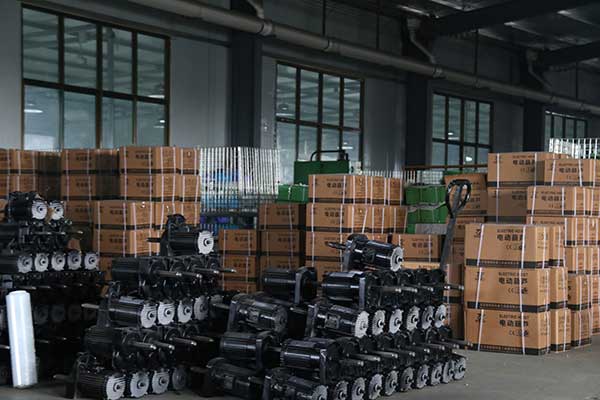The use of group hoist electric hoist will inevitably cause problems over time. In order to better use electric hoist, various problems in operation should be dealt with in time. Now solving the problem of electric hoist has become a key course in construction and production. Let me explain the common failures of electric hoist based on maintenance experience.
1. The electric hoist does not work after the switch is pressed. It is mainly because the electric hoist is not connected to the rated working voltage and cannot work. There are 3 common situations:
1. The product is not powered on. Detect whether the power supply system is supplying power to the electric hoist, usually with a test pencil.
2. The electric hoist lacks phase. The electrical damage, disconnection or poor contact of the main and control circuits of the hoist will also cause the hoist motor to lose phase and fail to work. In this case, the main and control circuits need to be inspected. During the inspection, in order to prevent the main and control circuits from being sent to the third The power supply of the phase motor lacks phase and burns the motor to cause harm. Be sure to disconnect the hoist motor from the power line, and only supply power to the main and control circuits, and then jog the start and stop switches to check and analyze the working conditions of the control appliances and circuits , Repair or replace the problematic electrical appliances or circuits, and re-test after confirming that the main and control loops have no end obstacles.
3. Check whether the voltage is too low. The voltage at the motor terminal of the hoist is more than 10% lower than the rated voltage, and the starting torque of the motor is too small, so that the hoist cannot lift the goods and cannot work. When checking, use a multimeter or voltmeter to measure the voltage at the motor input.
2. What to do if the group hoist electric hoist has abnormal noises when it is running. Group hoist
electric hoists have faults such as control appliances, motors or reducers, which are often accompanied by abnormal noises. The location, height and sound of these noises vary with the cause of the fault. There are differences. When inspecting, you should listen and watch more. You can use or determine the location of the sound according to the characteristics of the fault sound to find and inspect the fault. (1) Abnormal noise occurs on the control circuit, making a "hum" noise. Generally, the contactor has a fault (such as poor contact of the AC contactor, inconsistent voltage level, stuck magnetic core, etc.). Deal with the fault The contactor is inspected, and must be replaced if it cannot be inspected. After handling, the noise will be eliminated by itself. (2) If the motor emits abnormal noise, it should be shut down immediately to check whether the motor is single-phase running, or the bearing is damaged, the shaft of the coupling is not correct, and the "sweeping" faults, these will cause the motor to make abnormal noises and different fault positions. And the difference between the high and low and the sound is different, when the single-phase operation, the whole motor emits a regular "buzzing" sound; when the bearing is damaged, it will emit a "buzzing" followed by a "cock-cock" sound around the bearing. When the shaft of the coupling is not correct, or the motor is slightly sweeping, the entire motor emits a very high "buzzing" sound, accompanied by a sharp, piercing sound from time to time. In short, according to the difference in noise, the fault should be found, and the item-by-item inspection should be carried out to restore the normal function of the motor. When the motor fault has not been dealt with, the use of hoist is prohibited. (3) Abnormal noise is emitted from the reducer, and the reducer has malfunctions (such as lack of lubricating oil in the reducer or bearing, worn or damaged gears, damaged bearings, etc.). At this time, the machine should be shut down for inspection. Whether the bearing is lubricated before use, and whether the lubricating oil is replaced regularly during use. If it is not lubricated as required, the reducer will not only produce excessive "buzzing" sound, but also excessive wear or damage to gears and bearings.



